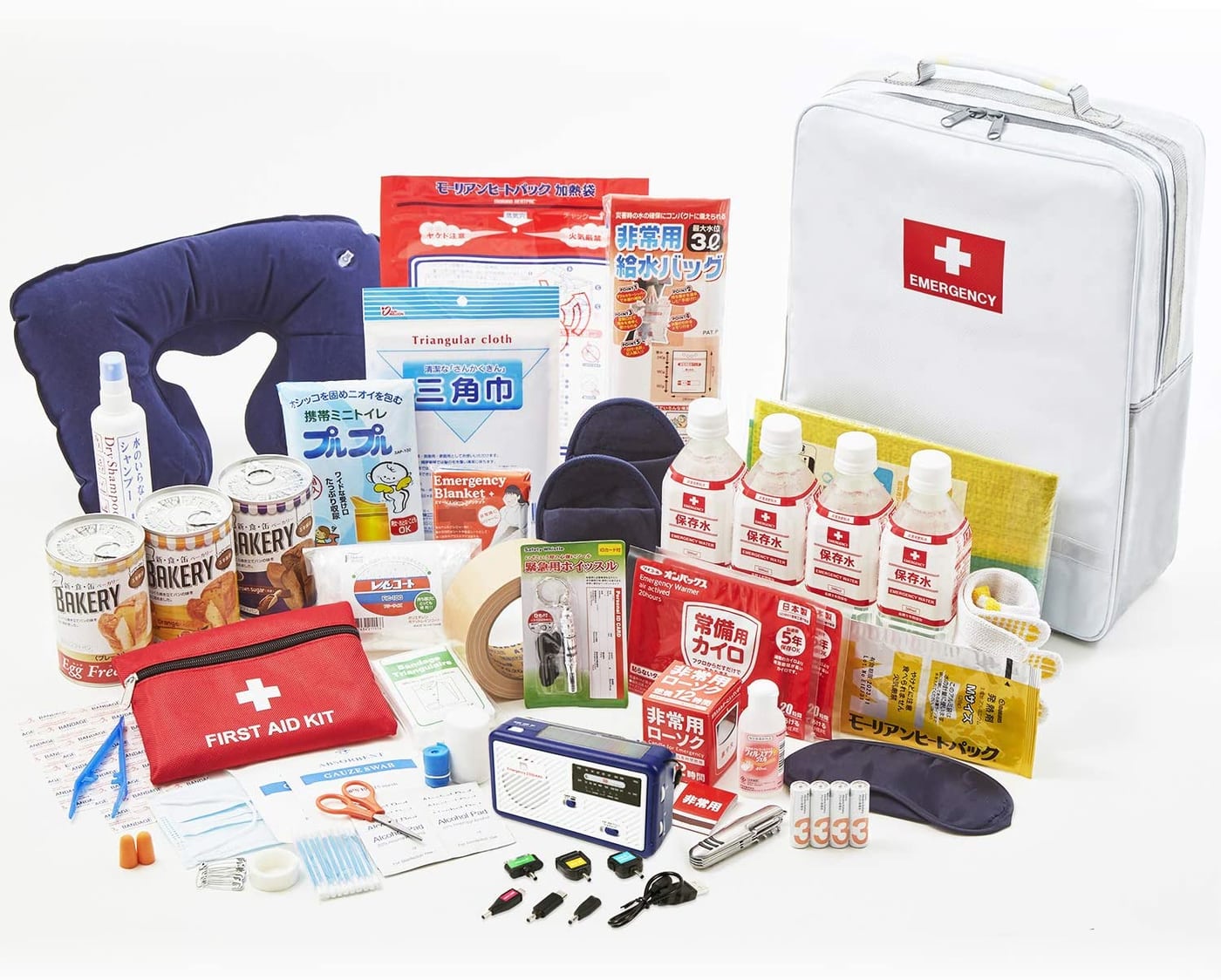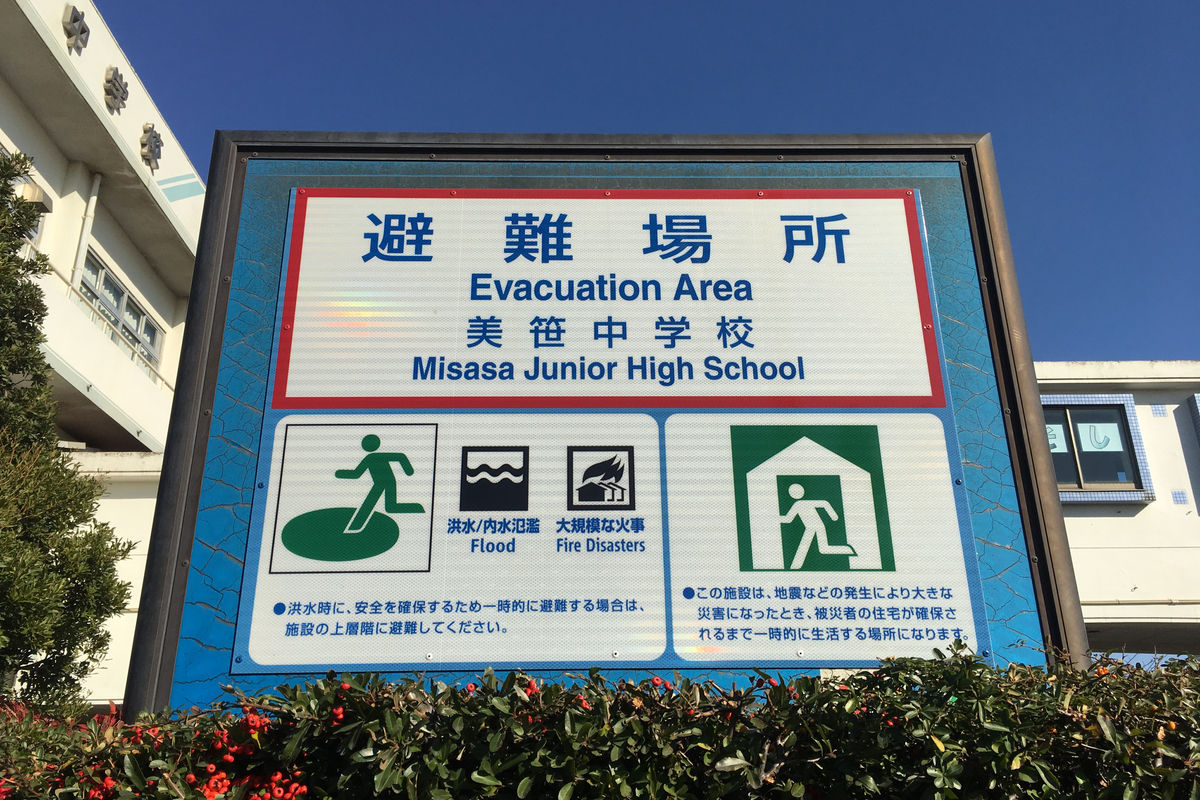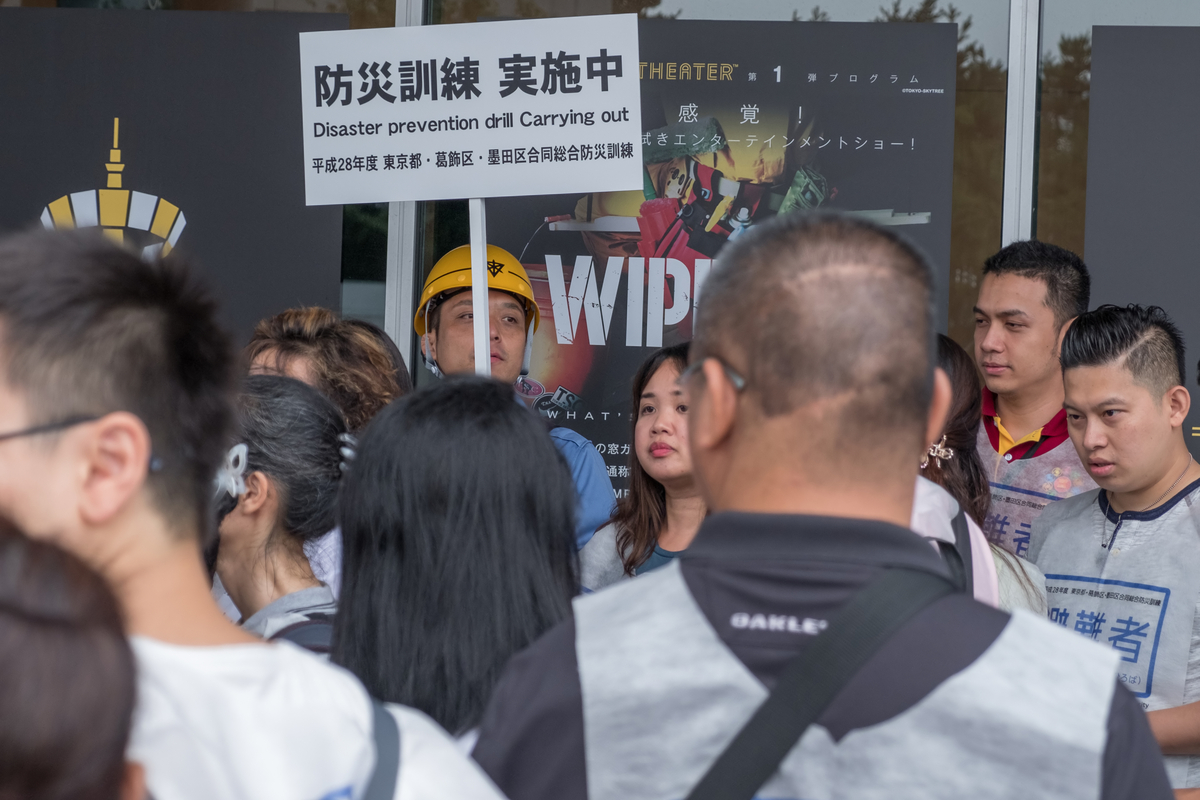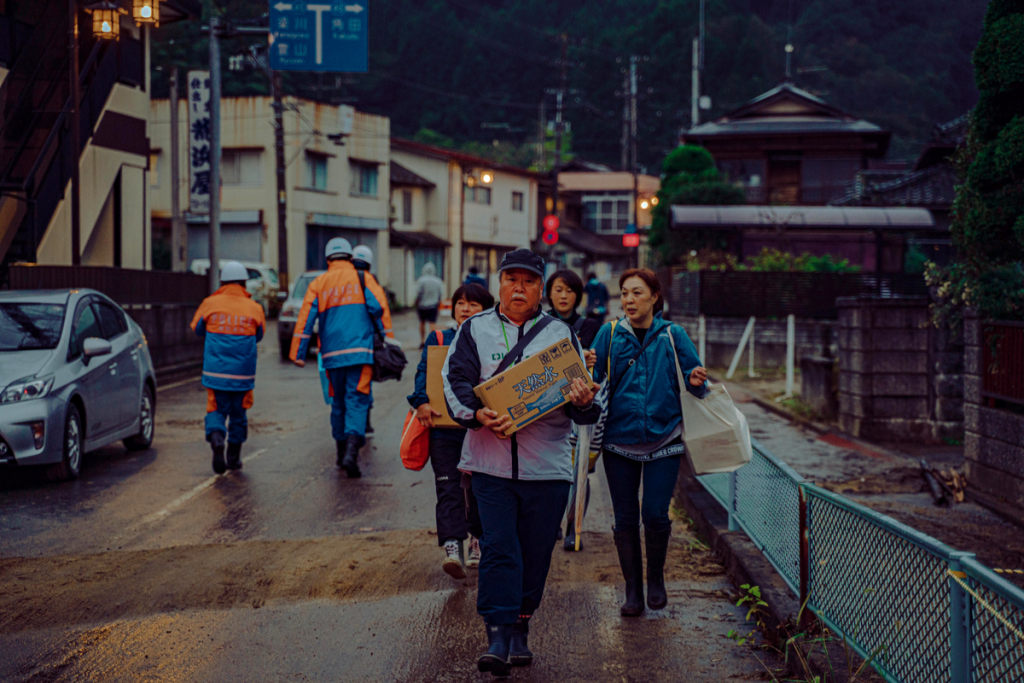Recent years have brought a number of unprecedented calamities. Unfortunately, this fear is something that Japan has to live with every year: natural disasters here frequently occur in various tragic forms: typhoons, landslides, earthquakes, volcanic eruptions and tsunami. In an instant, the lives of people living across the country can be put at risk or abruptly taken away by nature’s force. No matter how long we live here, this is something we can never get fully used to.
However, staying prepared and ready for the worst while expecting the best can help our mental stability and even save our lives. Here are some of our top disaster preparation tips to ensure you’re fully equipped before a natural disaster occurs.

Prepare an Emergency Bag or Survival Kit
Bousai (disaster prevention) backpacks loaded with essentials can be bought online on Amazon, Yodobashi and other similar websites. They’re a little expensive (typically around ¥20,000), but the backpacks are often multifunctional and come with many of the most vital necessities.
If you want to gather your own supplies, here are some essentials to keep in mind:
- Water — ideally three days’ worth per person (one liter per day)
- Emergency rations — choose items like canned goods and biscuits that can be eaten without a heat source. Also ideally three days’ worth per person
- First aid kit
- Copies of your passport, residence card, My Number card, any medical booklets
- Cash
- Flashlight and/or candles — try to find a hand-powered one if possible
- Radio — again, hand-powered if possible
- Cellphone and charger — either battery or solar-powered
- Vinyl sheeting, raincoats and protective clothing
- Lighter and/or matches
- Can opener, knife
- Sanitary products for women, if needed
- Diapers, powdered milk, baby bottles, if needed
These are just some of our suggestions, but there are many more items you could include: hokkairo pocket heaters, extra clothes, garbage bags, face masks, and whatever you think might be necessary. Ordinary household items may be surprisingly versatile in the event of a natural disaster. Read up on how you can use them before one occurs.

Know Where Your Nearest Evacuation Area Is
Ideally, everyone should check where the nearest evacuation area or center is wherever they go as natural disasters can happen at any time, but at the very least, check the ones close to your office and your home. The most common evacuation areas are spacious locations, such as parks and schools. Have a meeting with your family members or closest friends and discuss where to meet in case of an emergency. If you can, create a network in your neighborhood so that people can look out for you — and you can look out for them. Pay special attention to those who may be vulnerable and help them if you can.
For those based in Tokyo, check the Tokyo Metropolitan Disaster Prevention Map for more details on evacuation area locations. For other areas in the Kanto region, see this page.
Know Your Source
Misinformation spreads like wildfire during a disaster, so make sure you’re getting the correct information by consulting sources like Japan’s Meteorological Agency. You can sign up for official Tokyo Bousai updates, earthquake warning apps like Yurekuru (or its Japanese equivalent, PREP) and other useful information sources so that you have them at hand when needed.

Do the Drills
If your local community center or ward office offers drills in your native language or English, consider attending to get an idea of the most important things to do and check when a disaster hits.
Recommended Disaster Preparation Resources
- Find tips and more on how to stay prepared for natural disasters on the Tokyo Metropolitan Government website.
- Every municipality in Japan has evacuation route maps and guides. Keep a copy of those at home and your workplace.
- Find helpful apps and websites in the event of disaster.
- Recommended anxiety resource: TELL Japan
Feature image: Moses.Cao / Shutterstock. 2019. 10. 14. Disastrous scenery in Japan, Marumori after Typhoon Hagibis. This disaster claimed the lives of at least 73 people in Japan.
Updated On September 1, 2023








